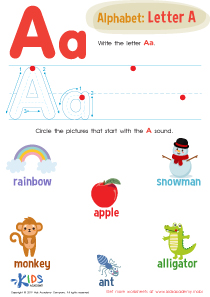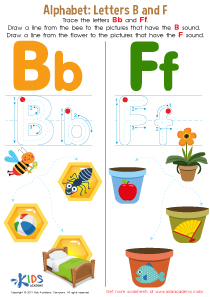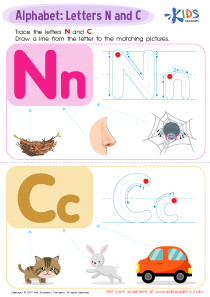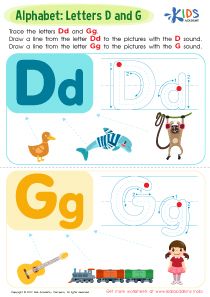Fine Motor Skills Letter G Worksheets for 8-Year-Olds
3 filtered results
-
From - To
Enhance your 8-year-old's development with our Fine Motor Skills Letter G Worksheets! Specifically designed for young learners, these engaging worksheets focus on improving fine motor skills while reinforcing letter recognition and writing proficiency. Each activity is tailored to captivate their interest, making learning both fun and effective. From tracing to creative exercises, our worksheets provide comprehensive practice that supports foundational growth. Equip your child with the tools they need to confidently master the letter G. Download now to bring educational excellence right to your home!
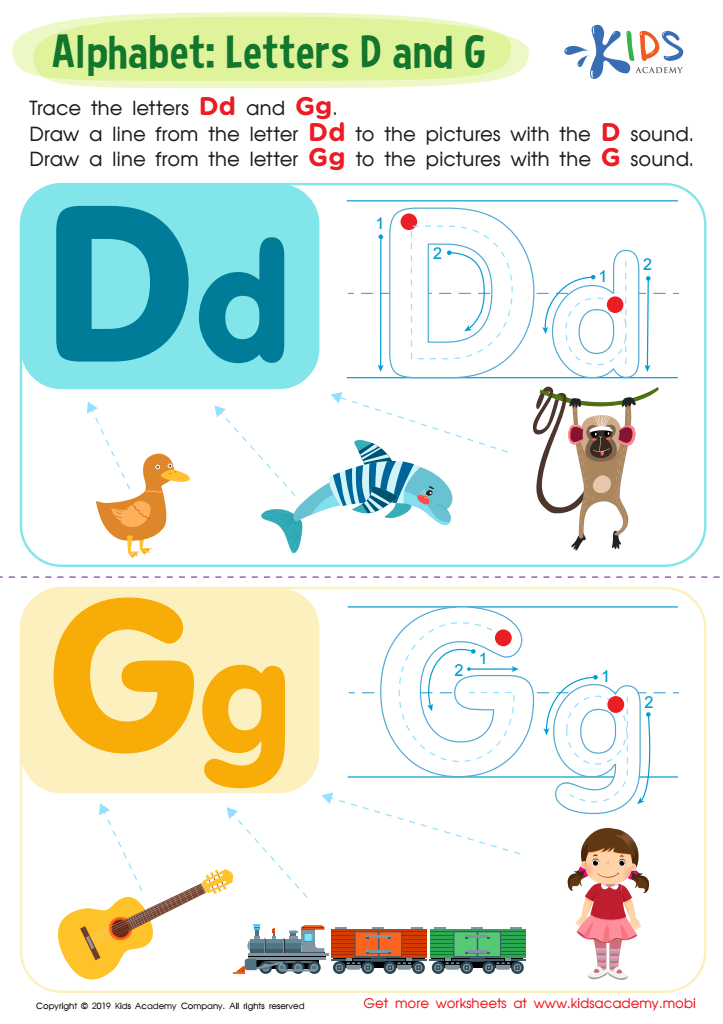

Letter D and G Tracing Worksheet


Letter G Tracing Page
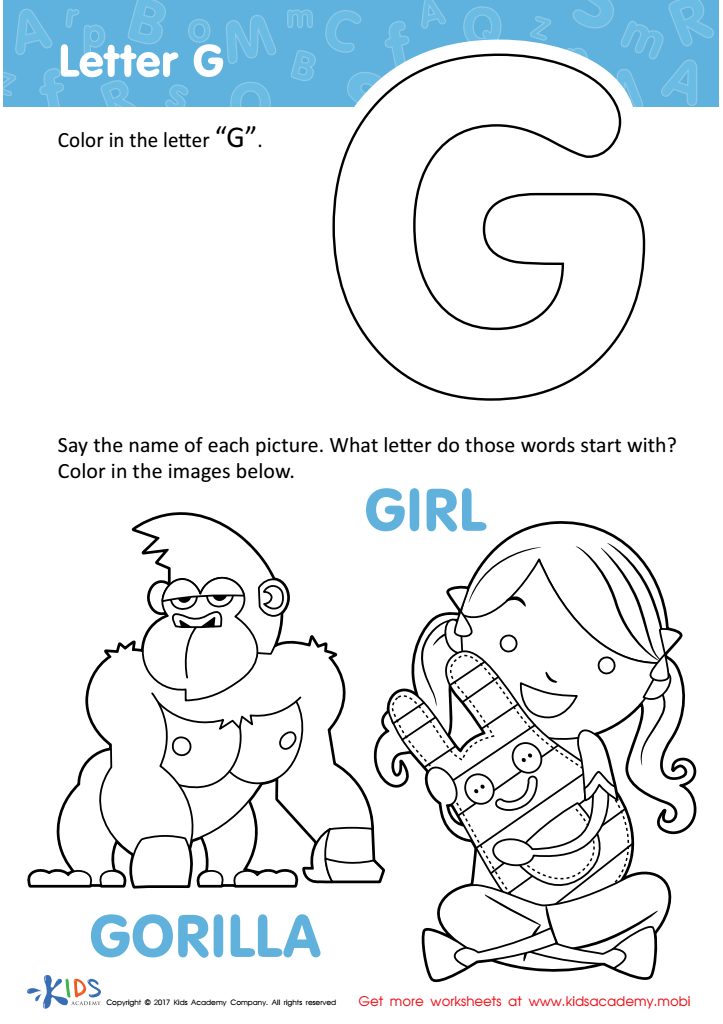

Letter G Coloring Sheet
Fostering fine motor skills is crucial for 8-year-olds, particularly when learning to write the letter "G," because it supports overall academic and developmental growth. Fine motor skills involve the coordination of small muscles in the hands and fingers, which are essential for writing, drawing, and managing daily tasks like buttoning clothes or tying shoelaces.
At the age of 8, children are in a critical stage of developing handwriting skills that lay the foundation for efficient writing. Mastering how to accurately form letters, such as "G," helps enhance legibility and speed, reducing frustration during writing tasks. This confidence promotes positive attitudes toward schoolwork and learning in general.
Furthermore, fine motor skill proficiency is linked to cognitive development, including improved attention to detail and problem-solving capabilities. When children practice writing the letter "G," they exercise their brains' ability to plan, execute, and refine motor movements, which are vital skills for later complex tasks.
For parents and teachers, prioritizing these skills means creating opportunities for hands-on activities like tracing, copying, and independent writing exercises. Engaging in regular practice strengthens the neural pathways necessary for dexterity and precision, ensuring children are better prepared for academic challenges and daily life activities. Encouraging these skills ultimately supports the holistic development of children, making it a critical focus for educators and parents.
 Assign to My Students
Assign to My Students






